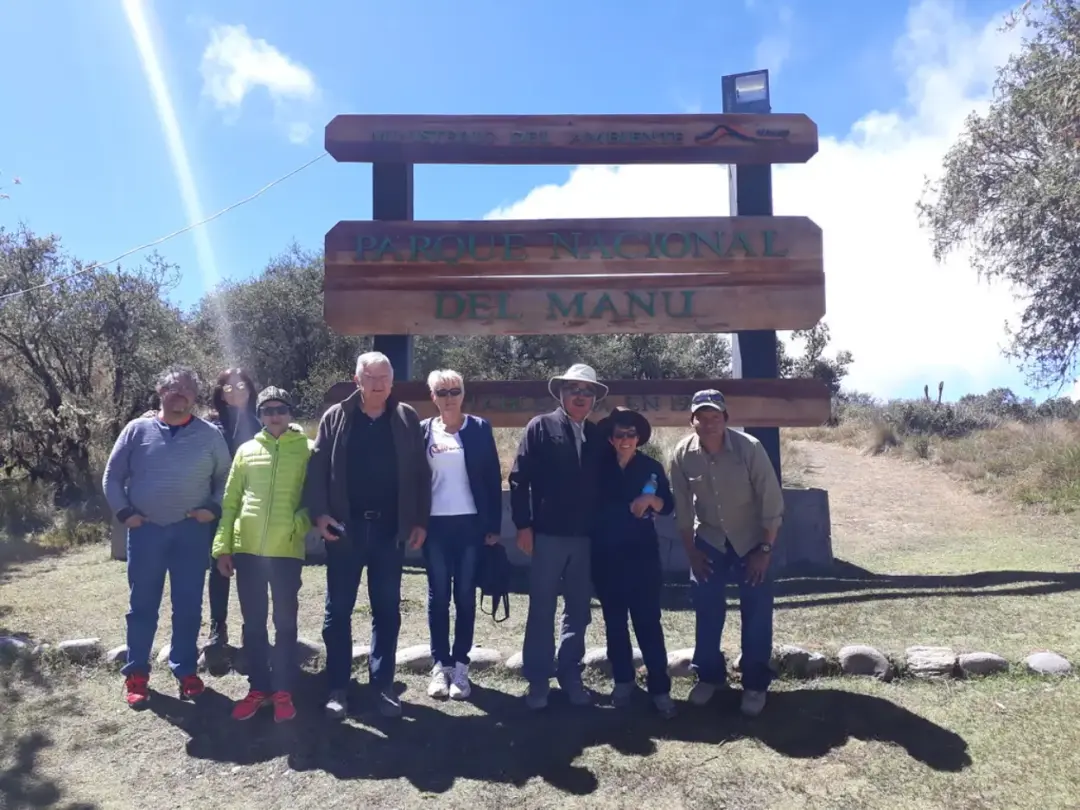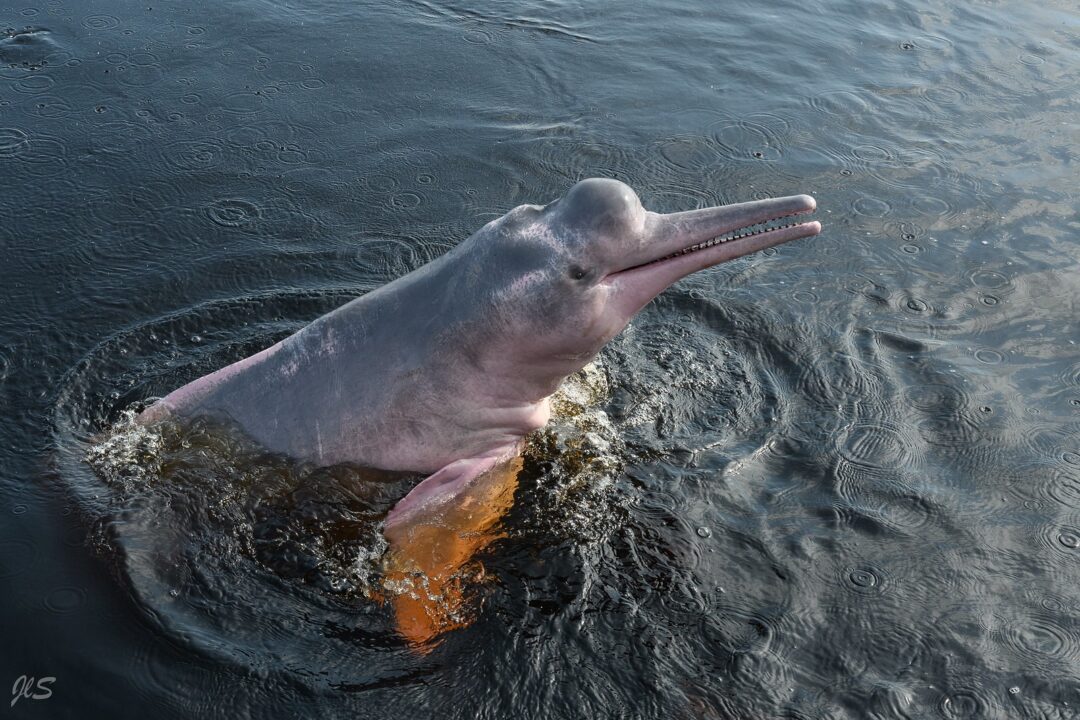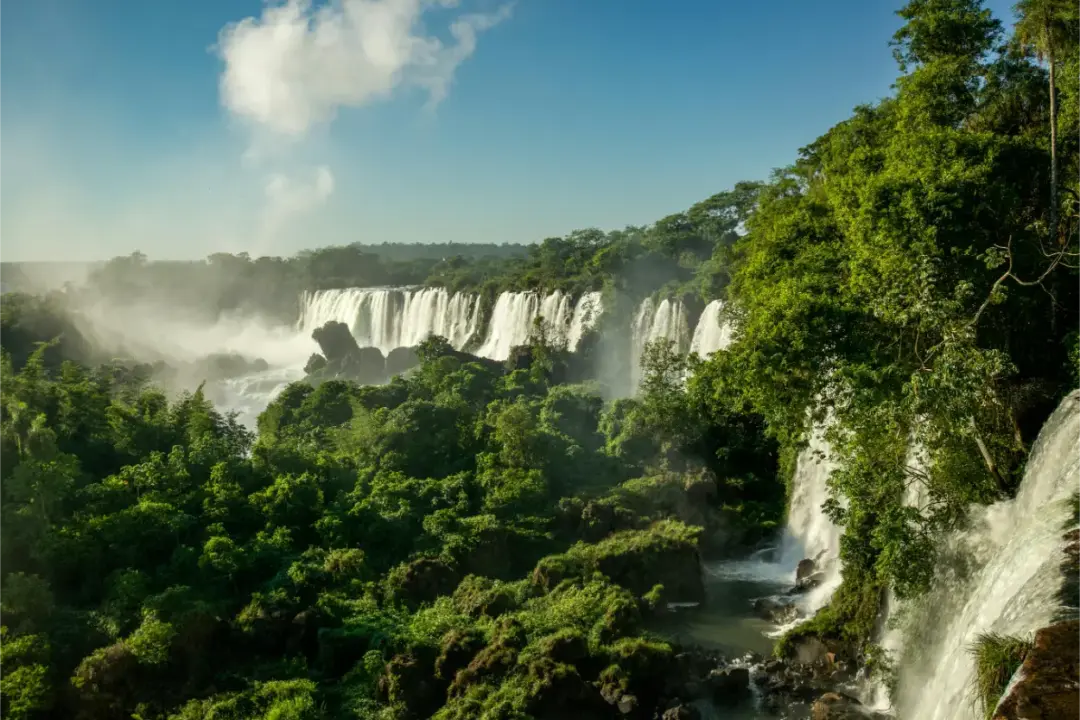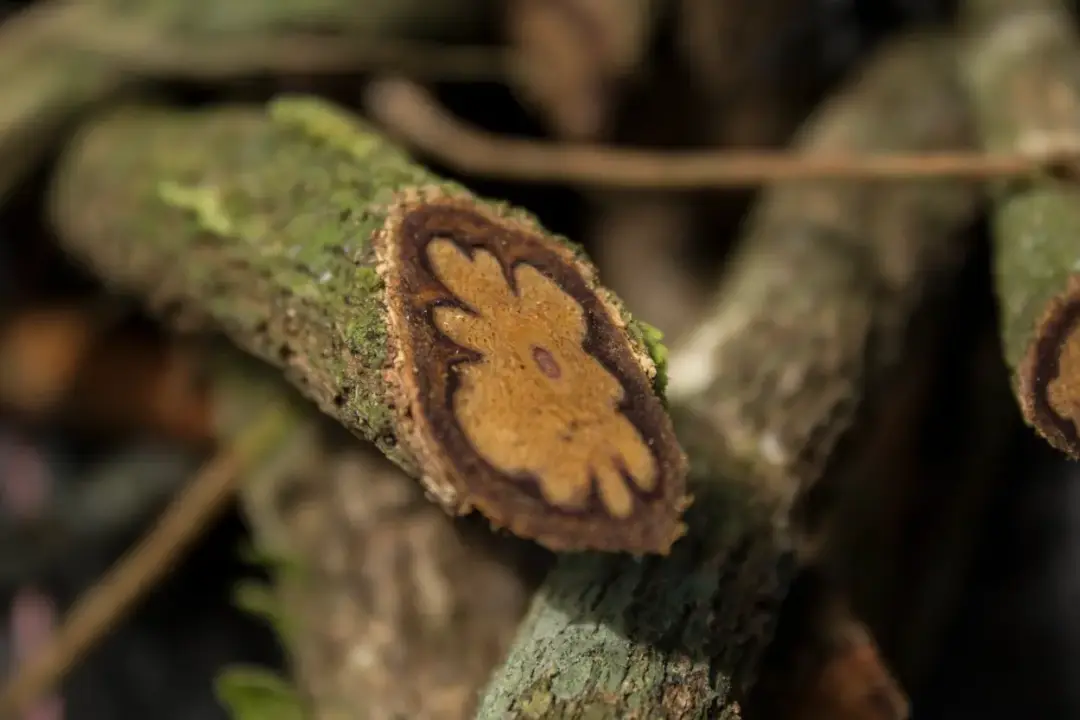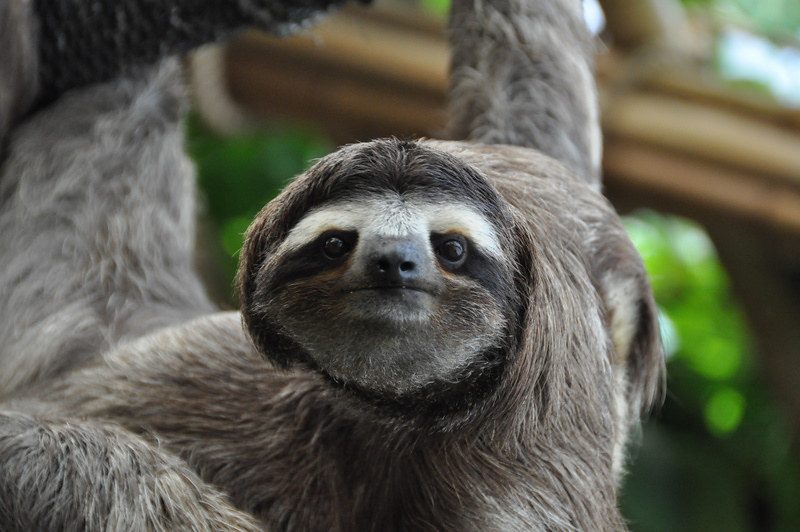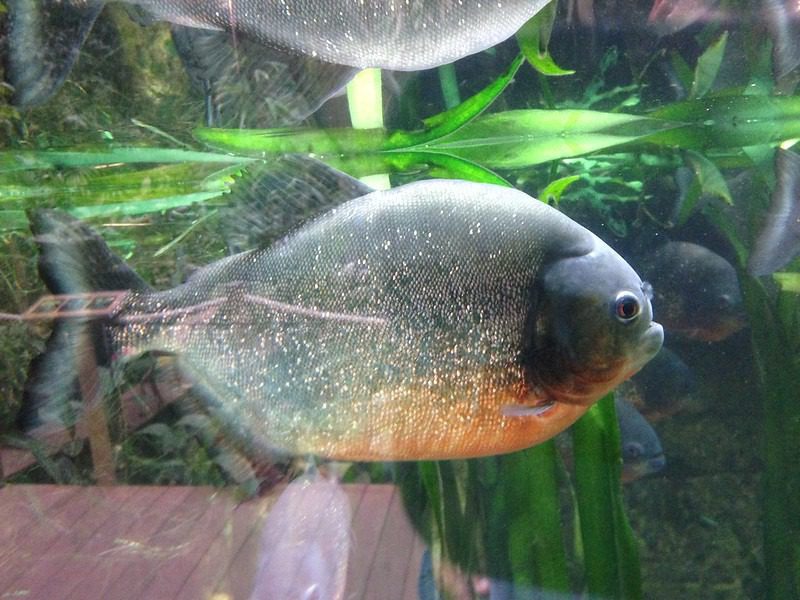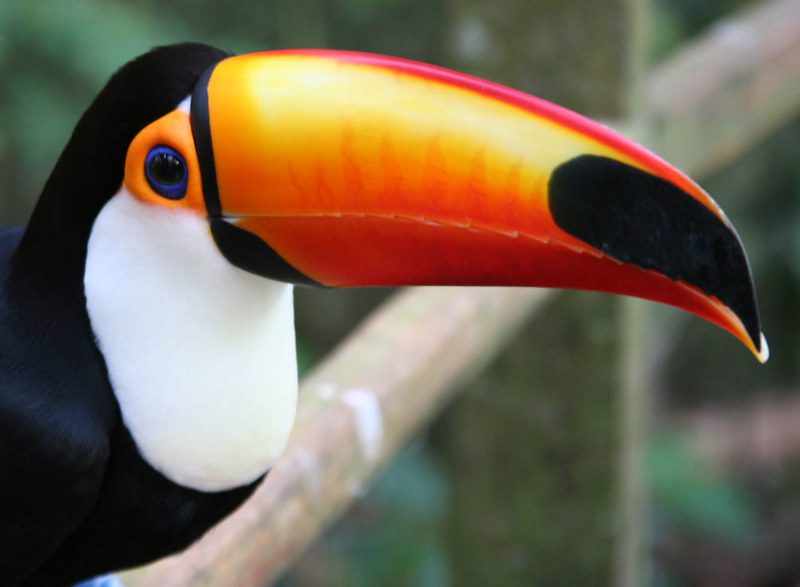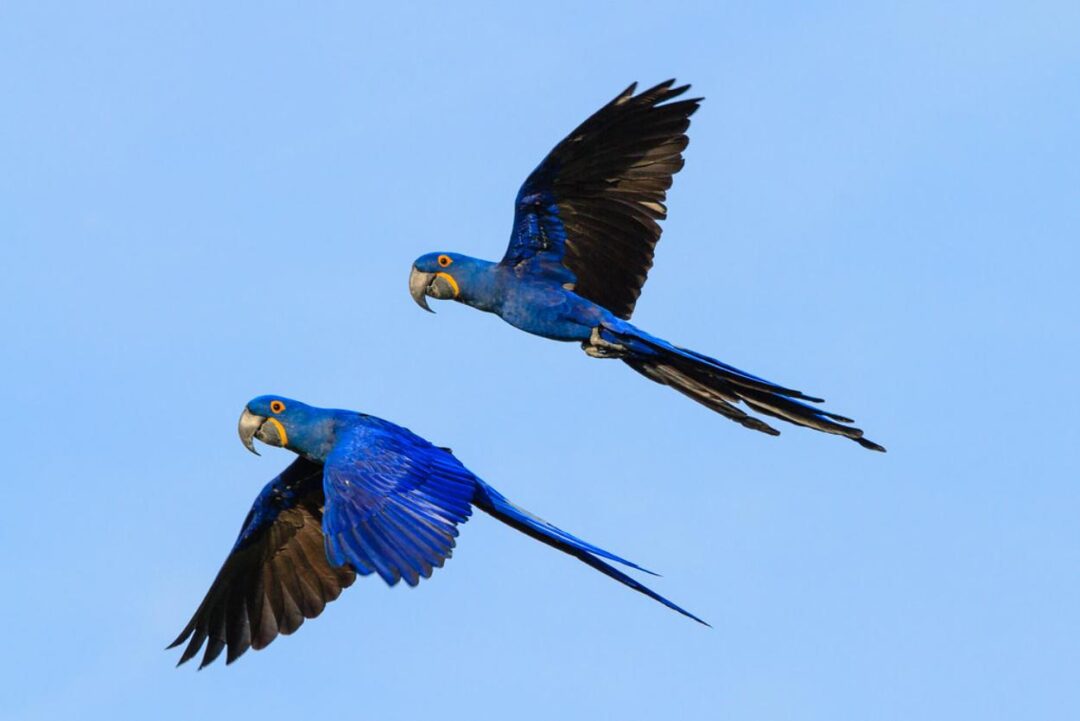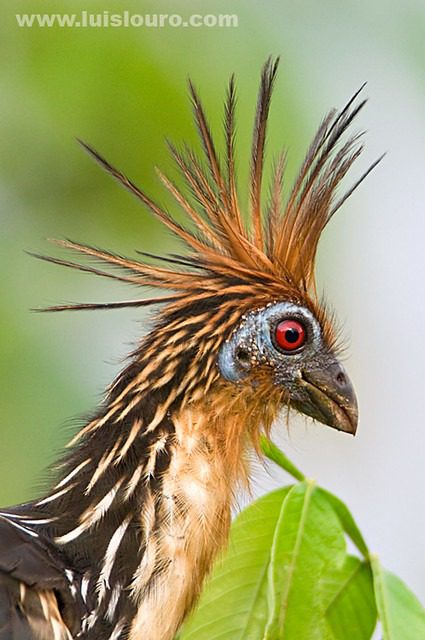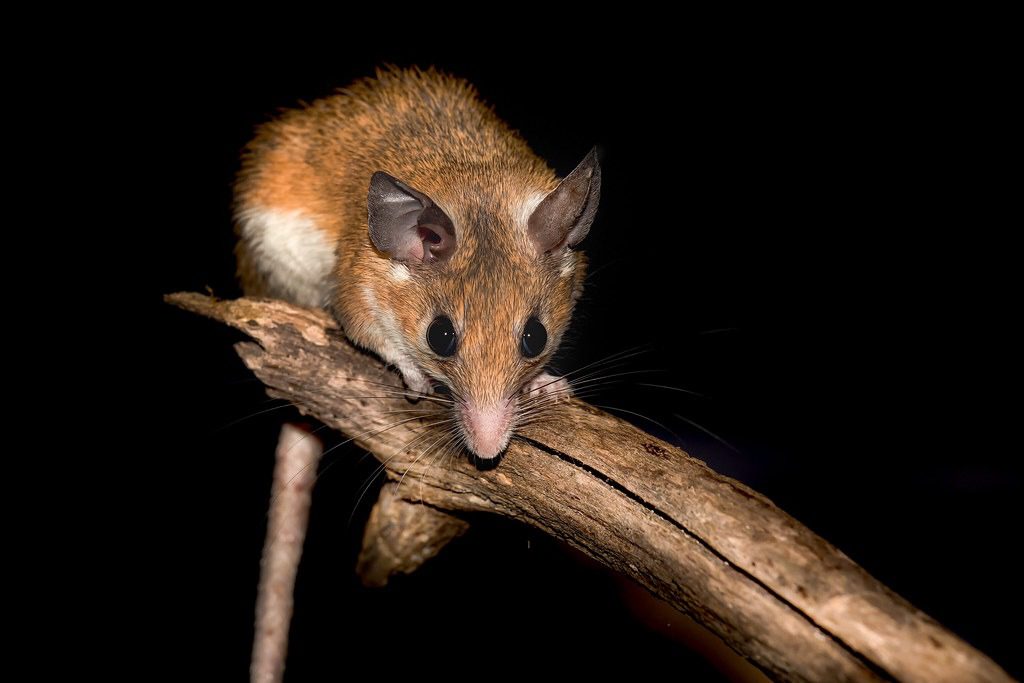The Giants of the Amazon Rainforest: Discovering the Biggest Animals
What is the biggest animal in the Amazon rainforest? This question invites us to explore the vast and diverse world of the largest animals in the Amazon, a region teeming with life and fascinating species. From towering mammals to fearsome predators, the Amazon rainforest hosts remarkable creatures that play crucial roles in their ecosystem. This article will delve into the intriguing world of the largest animals in the Amazon rainforest, examining their unique characteristics, behaviors, and the importance of their conservation.
Understanding Amazon Rainforest’s Diversity
The Amazon rainforest covers an astounding area of over 5.5 million square kilometers, making it one of the most biodiverse places on Earth. Home to around 10% of all species known to humanity, it is an intricate and dynamic ecosystem filled with various habitats, from dense tree canopies to expansive river basins. Within this lush environment, many large animals thrive, each uniquely adapted to their surroundings.
As we explore the largest animals in the Amazon rainforest, we encounter not only fascinating species but also the delicate balance that sustains them. The rainforest functions as a complex web of life, where predators, prey, and plant life are interconnected. The survival of the Amazon’s giants depends on the health of their habitats and the preservation of this unique ecosystem.
The Largest Animals in the Amazon Rainforest
When discussing the largest animals in the Amazon, several species stand out due to their impressive size and unique adaptations. These creatures are not only remarkable due to their physical presence, but they also play essential roles in their ecosystems. Let’s take a closer look at some of these extraordinary animals.
Brazilian Tapir: The Largest Terrestrial Mammal
The Brazilian tapir (Tapirus terrestris) holds the title of the largest mammal in the Amazon. Adults can weigh between 400 to 900 pounds and stretch up to 6.5 feet in length. With their stout bodies and distinctive, pig-like snouts, tapirs are well-equipped for their herbivorous diet, primarily comprising fruits, leaves, and aquatic plants. They are often seen wading in rivers and streams, utilizing their excellent swimming skills to evade predators.
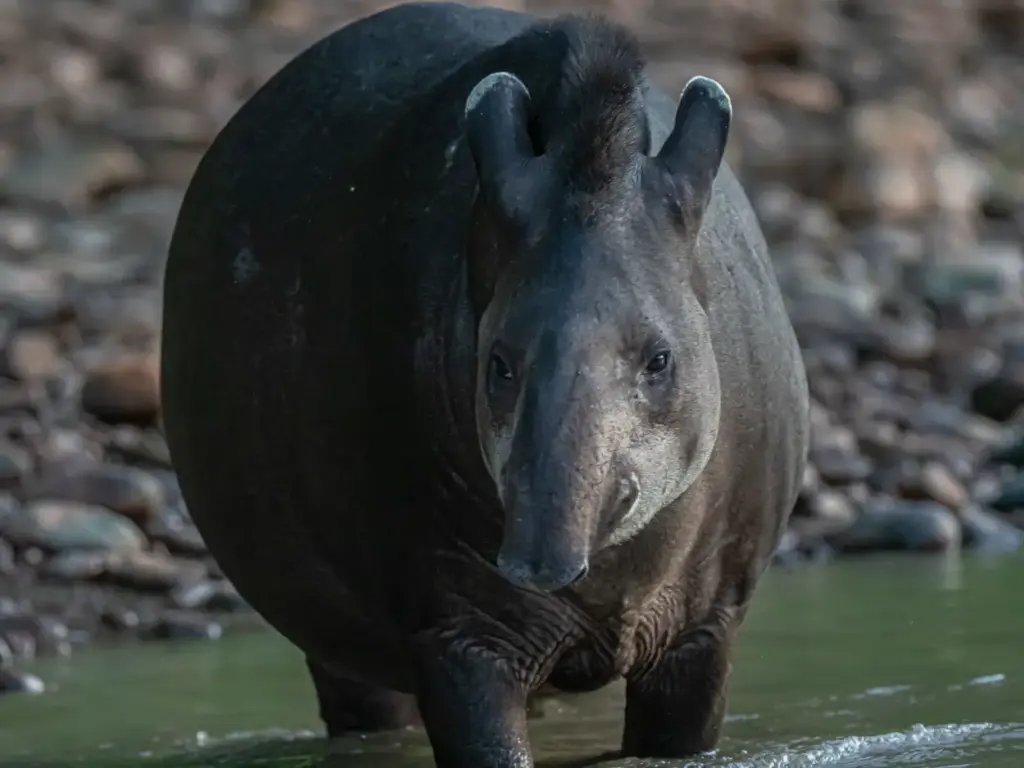
A fascinating aspect of tapirs is their role as seed dispersers within the Amazon ecosystem. As they consume various plants, they inadvertently help propagate new vegetation through their droppings. This vital process enhances plant diversity and contributes to the health of the rainforest. Through their foraging activities, Brazilian tapirs significantly impact the forest’s structure and dynamics.
Green Anaconda: Mythical and Massive
Next on our list is the green anaconda (Eunectes murinus), which is often recognized as the biggest animal in the Amazon rainforest in terms of length and weight. These serpents can reach lengths of up to 30 feet and weigh approximately 550 pounds. While they often inspire fear due to their imposing size and predatory abilities, they are also fascinating creatures that play a crucial role in the Amazon’s ecosystem.
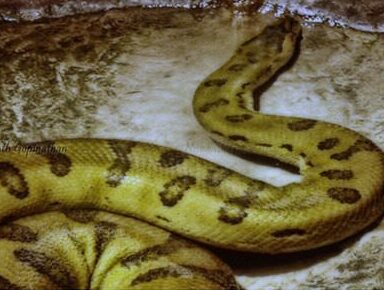
The green anaconda employs ambush hunting techniques, lying in wait among the riverine vegetation for unsuspecting prey. Their diet ranges from fish and birds to even large mammals, showcasing their adaptability and stealth. However, their presence is vital for maintaining balance in the ecosystem, regulating prey populations and contributing to biodiversity.
Jaguar: The Apex Predator
The jaguar (Panthera onca) reigns as the largest predator in the Amazon and is a crucial keystone species in maintaining ecological balance. Weighing between 100 to 250 pounds and measuring up to six feet long, jaguars possess powerful physiques, allowing them to take down a variety of prey, including deer, capybaras, and even caimans. Their distinctive spotted coats provide them with excellent camouflage in the dense rainforest, making them exceptional hunters.
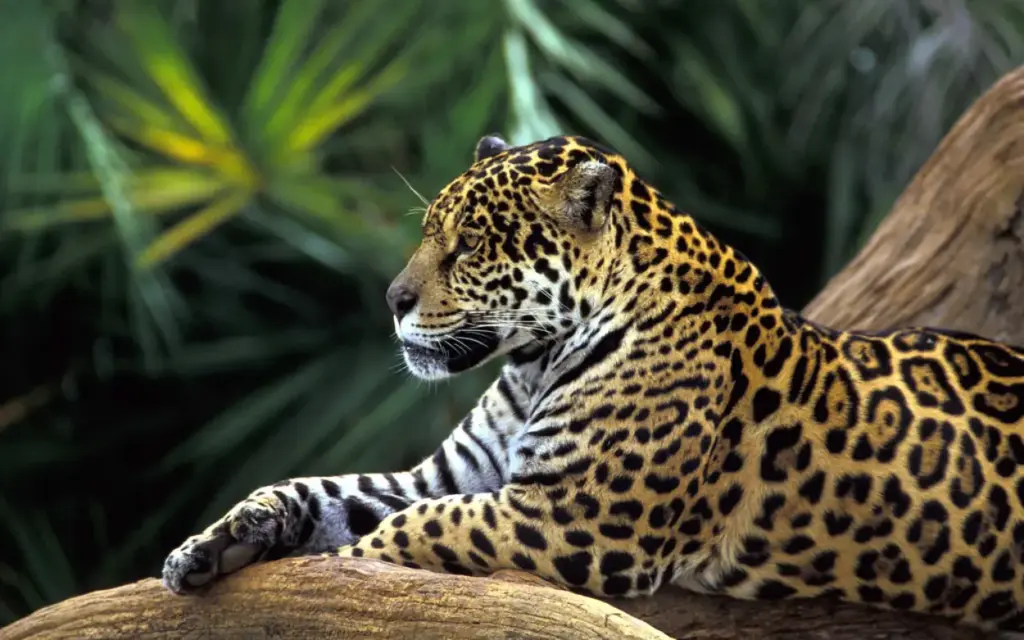
Jaguars employ a unique hunting technique known as the “death bite,” where they skillfully crush the skull or shell of their prey, facilitating a swift kill. This adaptability makes them one of the most effective predators in the Amazon, underscoring their importance in maintaining the delicate food web and biodiversity of the rainforest.
Amazonian Manatee: The Gentle River Giant
The Amazonian manatee (Trichechus inunguis) is another gentle giant and one of the largest aquatic mammals found in the region. These enchanting creatures can grow up to 10 feet long and weigh around 1,200 pounds. Despite their large size, Amazonian manatees are predominantly herbivorous, grazing on submerged aquatic vegetation in rivers, lakes, and lagoons.
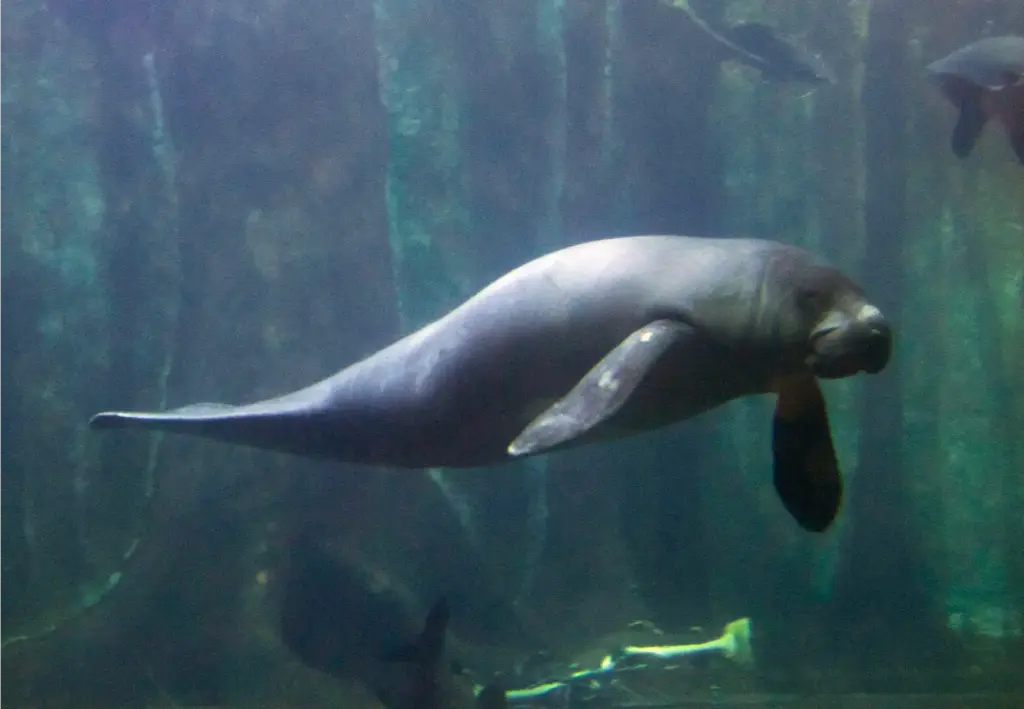
Sadly, these serene giants face numerous threats, including habitat loss and hunting, which contribute to their vulnerable status. Conservation efforts are crucial for safeguarding their populations and ensuring the health of the aquatic ecosystems they inhabit. Their slow-moving nature and reliance on sensitive whiskers to navigate and locate food highlight the importance of preserving their environment.
Giant River Otter: Playful Aquatic Mammals
The giant river otter (Pteronura brasiliensis) is a captivating species that thrives in the Amazon’s diverse waterways. These playful creatures can grow up to six feet long and weigh between 50 to 75 pounds. Known for their social nature, giant river otters live in groups called rafts, which can consist of anywhere from three to twenty individuals.

These otters are highly skilled hunters, primarily preying on fish, crustaceans, and small reptiles. Their cooperative hunting strategies, coupled with their vocalizations, make them fascinating to observe. As apex predators in their aquatic environment, giant river otters help maintain biodiversity and the health of the ecosystems they inhabit.
Exploring the Characteristics of Large Animals in the Amazon Rainforest
As we delve deeper into the world of large animals in the Amazon rainforest, it’s essential to recognize some common characteristics and adaptations that help them thrive in this unique environment. From physical traits to behavioral patterns, these adaptations are crucial for survival in a complex and often challenging habitat.
Many of the largest animals in the Amazon have developed physical adaptations that allow them to navigate easily through dense foliage and varied terrains. For example, the powerful limbs of the Brazilian tapir enable it to maneuver effectively through thick underbrush, while the jaguar’s agile body allows it to climb trees and stalk prey silently. These traits are essential for hunting, foraging, and avoiding predators.
Ecological Roles and Interactions in the Rainforest
The survival of these large animals is closely tied to their ecological roles and interactions within the rainforest. For instance, as top predators, jaguars maintain the balance of prey populations, preventing overgrazing and ensuring that a variety of species can thrive. Similarly, tapirs, as herbivores, contribute to forest regeneration through seed dispersal, while manatees help maintain healthy aquatic habitats by grazing on vegetation.
The interconnectedness of these species emphasizes the importance of biodiversity within the Amazon rainforest. Each animal plays a specific role, and the loss of even one species can disrupt the delicate balance of this intricate ecosystem. Thus, protecting these giants and their habitats becomes imperative for sustaining the health of the region.
Conservation Efforts for the Giants of the Amazon
As we recognize the significance of the largest animals in the Amazon, it is crucial to address the conservation challenges they face. Deforestation, habitat destruction, and illegal hunting pose significant threats to these magnificent creatures. Conservation efforts are essential to protecting their populations and ensuring the sustainability of the Amazon rainforest.
Various organizations and initiatives are working tirelessly to raise awareness about the importance of preserving the Amazon’s biodiversity. These efforts encompass habitat restoration, anti-poaching campaigns, and community involvement in conservation practices. By empowering local communities and fostering sustainable development, we can create a positive impact and safeguard the future of the Amazon’s giants.
Conclusion: A Call to Action for the Amazon’s Giants
In exploring the world of large animals in the Amazon rainforest, we have uncovered the extraordinary lives of these giants and their vital roles within the ecosystem. From the Brazilian tapir and green anaconda to the jaguar and Amazonian manatee, each species adds to the rich tapestry of life in this magnificent region. However, their survival is threatened, and it is up to us to take action.
By actively participating in conservation efforts and supporting initiatives aimed at protecting the Amazon rainforest, we can contribute to the preservation of these incredible animals and their habitats. Together, let’s champion the cause of the giants of the Amazon, ensuring that they continue to roam this vibrant rainforest for generations to come. 🌍💚
“`

